There can be your advertisement
300x150
What Rural Houses Look Like in Different Countries
This is a true charm of foreign villages. It would be wonderful to live in one of these for at least a week!
Residents of noisy, bustling metropolises sometimes desperately want to grab a piece of silence somewhere in a picturesque spot in nature. There's something attractive and enchanting about provincial areas — small villages where you can rest your soul and body, enjoying fresh air and beautiful rural landscapes.
We know and love our charming Russian villages, but how do these places look abroad? We present to you a collection of photos of foreign rural houses. They are all different, yet each one is neat, cozy, and touching... And it seems built with great love.
Github, Netherlands
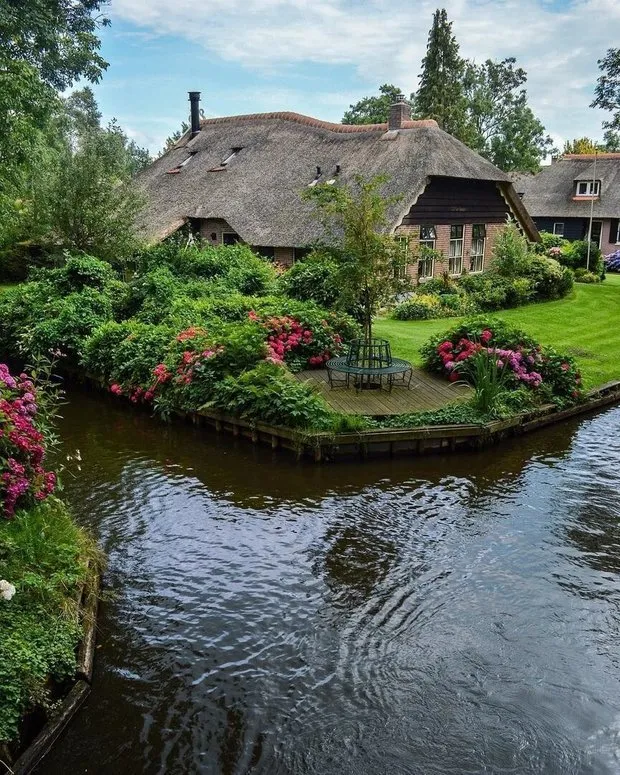 Photo: Rinterest.ru
Photo: Rinterest.ruGithub is a village without roads, a kind of small Venice. About 2600 people live here, and they all use small vessels — boats and catamarans — as transportation since all transport in the village takes place via canals. The facades of houses in Github are not renovated; they are preserved in their original, pristine form, making the village look like an open-air museum.
Bibury, United Kingdom
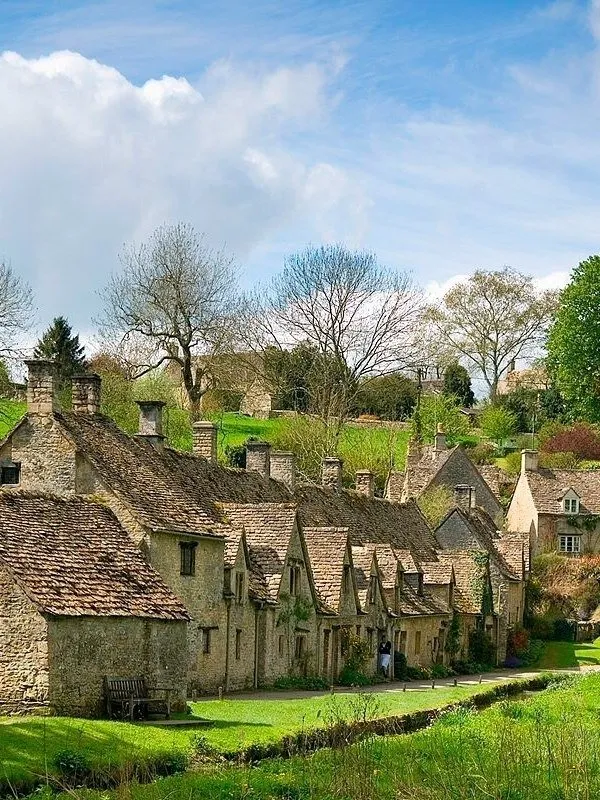 Photo: Rinterest.ru
Photo: Rinterest.ruThe settlement of Bibury is one of the most picturesque in England. These fairy-tale stone houses with a 'bumpy' surface are familiar to us from the movie "Bridget Jones's Diary" — the heroine visited this scenic rural area every Christmas to see her parents.
The classical old village is impressive for its landscape — it features not only houses built in the 17th century and surrounded by neat green lawns, but also a centuries-old church of St. Mary and ancient stone bridges spanning the river.
Huasi, China
 Photo: Rinterest.ru
Photo: Rinterest.ruIn the village of Huasi in Jiangsu Province, eastern China, you’ll be surprised to find that only millionaires live here. In the Middle Kingdom, this place is considered the top village. What’s more surprising is that people here work seven days a week with no weekends and have no right to leave Huasi. If a resident leaves the village even for a day, they immediately lose their property. However, Huasi residents receive free education and medical care.
The village has developed steel and silk production, as well as a thriving tourism business. It’s no wonder travelers are eager to see the magnificent yet completely identical cottages of local residents and their luxury cars.
Hallstatt, Austria
 Photo: Rinterest.ru
Photo: Rinterest.ruThe community of Hallstatt spreads across rocky Alpine terrain in Austria. Here, by the shores of Lake Hallstatt among forests and mountains, fewer than 1000 people live. In their tiny village amidst fantastic natural landscapes, they built fairy-tale gingerbread houses, and no metropolises seem to be needed at all.
Philippines
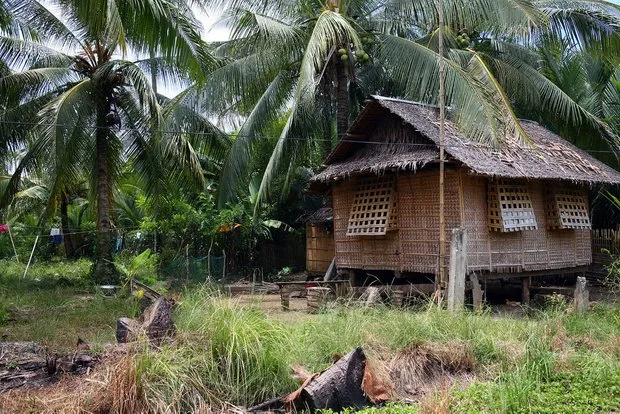 Photo: Rinterest.ru
Photo: Rinterest.ruLife in the Philippines is peaceful and unhurried. Where the ocean merges with the sky, and tropical sunshine shines brightly for 365 days a year, luxury apartments are not needed. Instead of glass in Filipinos’ houses, simple grilles are used; gabled roofs are covered with dry stalks, and fences and gardens are absent — the soil here is not suitable for growing fruits or flowers. They're abundant in the jungles. What are coconut groves worth!
Albariñin, Spain
 Photo: Rinterest.ru
Photo: Rinterest.ruResidents of this small settlement, consisting of only 600 houses, enjoy seclusion on rocky terraces at an altitude of 1200 meters above sea level. Their houses, colored ochre, cluster right above a deep valley with the mountain river Guadalavíar and visually resemble a bird’s nest. Hence, the place is also known as the Eagle's Nest. The wall stretching along the peak of the Sierra de Albariñin makes this village a real fortress.
Perou, France
 Photo: Rinterest.ru
Photo: Rinterest.ruThe most beautiful village in Perou, located near Lyon, is imbued with a medieval atmosphere. It has remarkably preserved its original look until today. Interestingly, you won’t see power lines or satellite dishes here. Of course, residents are not lacking modern amenities, but all of it is carefully hidden from the eyes of tourists to maintain the illusion of immersion in the past. These sturdy stone houses and cobblestone streets invite you to take a leisurely walk around, taste the traditional cream-lemon pie at a local café, and pop into a tavern for Perou-style galettes.
More articles:
 What a typical budget kitchen looks like made by hand with many storage systems
What a typical budget kitchen looks like made by hand with many storage systems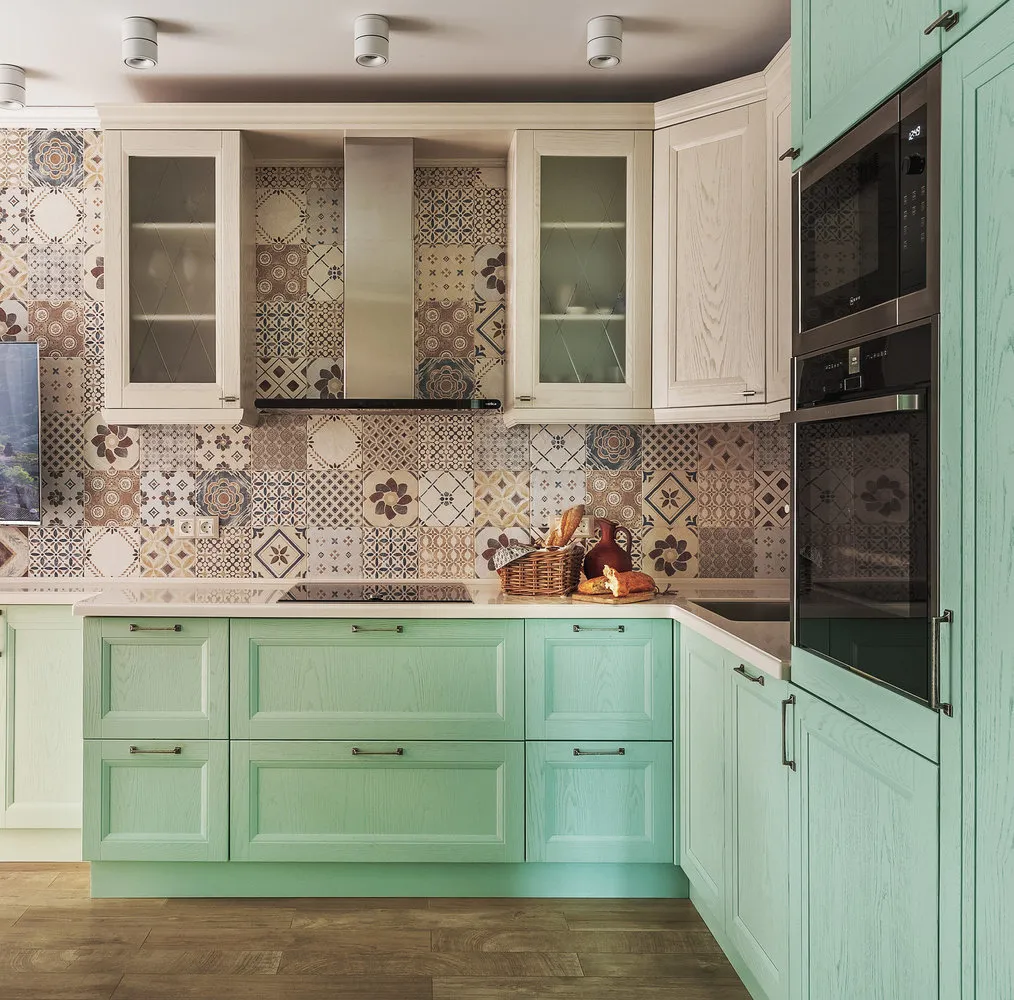 Dream Kitchen: How to Choose Layout, Style and Avoid Budget Mistakes
Dream Kitchen: How to Choose Layout, Style and Avoid Budget Mistakes White, Blue or Pink: What Are the Most Successful Color Combinations for the Kitchen?
White, Blue or Pink: What Are the Most Successful Color Combinations for the Kitchen? How We Did the Kitchen Renovation and Planned Every Detail
How We Did the Kitchen Renovation and Planned Every Detail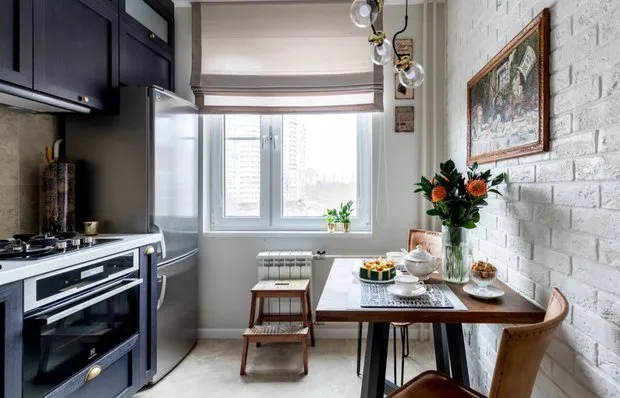 Kitchen in Brezhnev-era Apartment: 3 Layout Options
Kitchen in Brezhnev-era Apartment: 3 Layout Options Antitrends in Interior Design - 2021: What to Avoid
Antitrends in Interior Design - 2021: What to Avoid The Cutest Photo Collection of Pets in Interior Design
The Cutest Photo Collection of Pets in Interior Design Designer Proposed 6 Functional Layouts of a 45 m² Euro-2 Bedroom Apartment
Designer Proposed 6 Functional Layouts of a 45 m² Euro-2 Bedroom Apartment